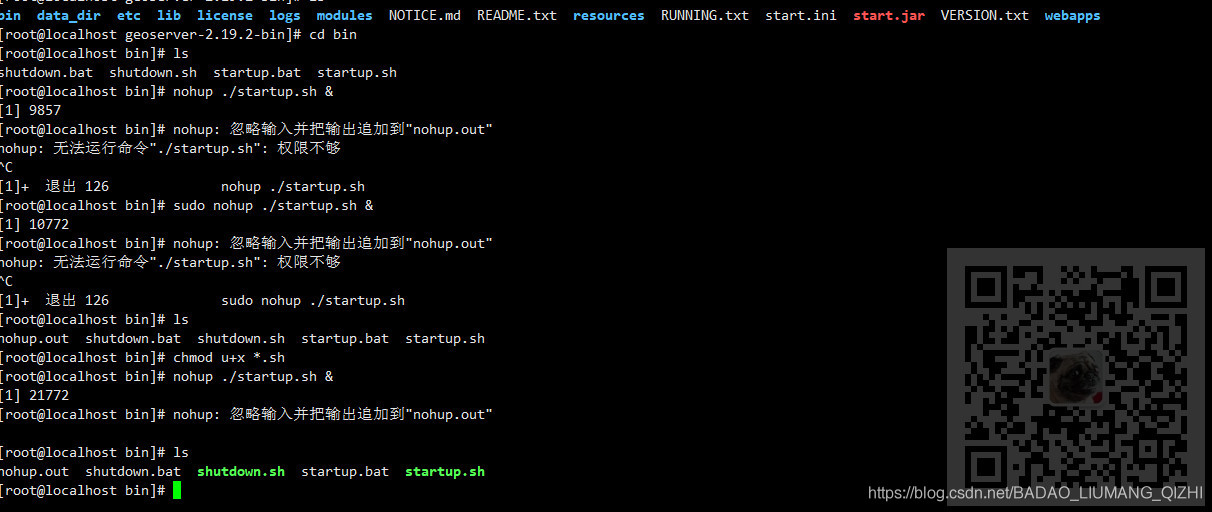

- #Unable to open the report file iexpress archive#
- #Unable to open the report file iexpress code#
- #Unable to open the report file iexpress license#
The latter has been fixed by Microsoft in MS14-049, but the former is only addressed by a policy to deprecate IExpress. More specifically, the vulnerability comes in two versions: the most obvious one is that a /c: switch tells the package to run an arbitrary command in the extracted directory the other is that the directory is predictable and writable by any ordinary user, so that the usual msiexec.exe command can be replaced by an attack payload. Additionally, because of the way Windows User Account Control handles installers, these vulnerabilities allow a privilege escalation.
#Unable to open the report file iexpress code#
The self-extracting packages created with IExpress have (inherent) vulnerabilities which allow arbitrary code execution because of the way they handle their installation command and their command line processing.
#Unable to open the report file iexpress archive#
If the option to create an archive and run a program is selected, then there will be an additional step, prompting the user to select the program that will be run upon extraction.
#Unable to open the report file iexpress license#
It then allows the user to specify a title for the package, add a confirmation prompt, add a license agreement that the end-user must accept in order to allow extraction, select files to be archived, set display options for the progress window, and finally, specify a message to display upon completion. It asks what the package should do: extract files and then run a program, or just extract files. IExpress Wizard interface guides the user through the process of creating a self-extracting package.

Click on Convert to provide a name and target location for the EXE file, then click Save to convert your batch file to an EXE file. IEXPRESS /N drive_letter:\directory_name\file_name.SED Next, launch the Bat To Exe Converter and click on the Open toolbar button at the window’s top-left corner, and locate the batch file you want to convert ( HelloWorld.bat ). It can also be used from the command line (Windows Command Prompt or batch file) to create custom installation packages, eventually unattended (automated operation): The front end interface (IExpress Wizard) can be started by manually navigating to the respective directory and opening the executable (IExpress.exe), or by typing IExpress into the Run window of the Start Menu. IEXPRESS.EXE is located in the SYSTEM32 folder of both 32 and 64-bit installations of Windows. The way to fix this problem: Go to the folder where your files you want to be in the package are Go to the top bar (Where it says where you are on your drive), and type iexpress Do the creation as. All self-extracting files created by IExpress use CAB compression algorithms, are compressed using the Cabinet Maker ( MAKECAB.EXE) tool, and are extracted using the WExtract ( WEXTRACT.EXE) tool. Iexpress.exe Unable to open report file even when ran as administrator. SED files can be modified with any plain text/ASCII editor, like Notepad. CAB) file using either the provided front end interface (IExpress Wizard), or a custom Self Extraction Directive (SED) file. It creates a self-extracting executable (.EXE) or a compressed Cabinet (. IExpress ( IEXPRESS.EXE) can be used for distributing self-contained installation packages ( INF-based setup executables) to multiple local or remote Windows computers.


 0 kommentar(er)
0 kommentar(er)
